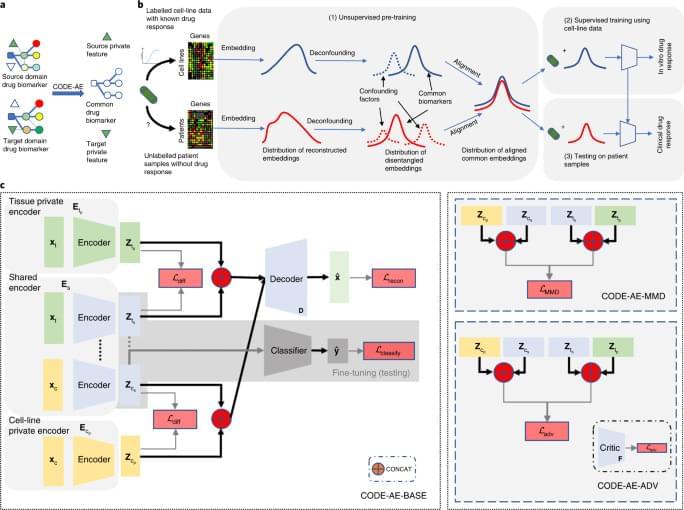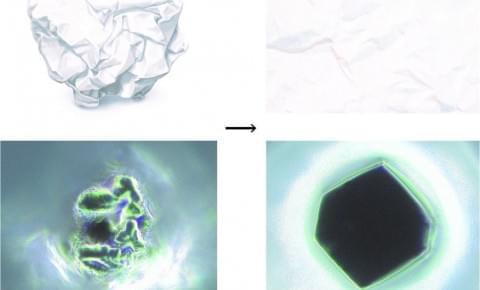The crystals are significantly larger than any that have ever been created previously. A hitherto unknown characteristic of colloidal crystals, highly organized three-dimensional arrays of nanoparticles, has been discovered by Northwestern University researchers very recently.
EVANSTON, Ill. — Northwestern University researchers have uncovered a previously unknown property of colloidal crystals, highly ordered three-dimensional arrays of nanoparticles.
The team engineered colloidal crystals with complementary strands of DNA and found that dehydration crumpled the crystals, breaking down the DNA hydrogen bonds. But when researchers added water, the crystals bounced back to their original state within seconds.









